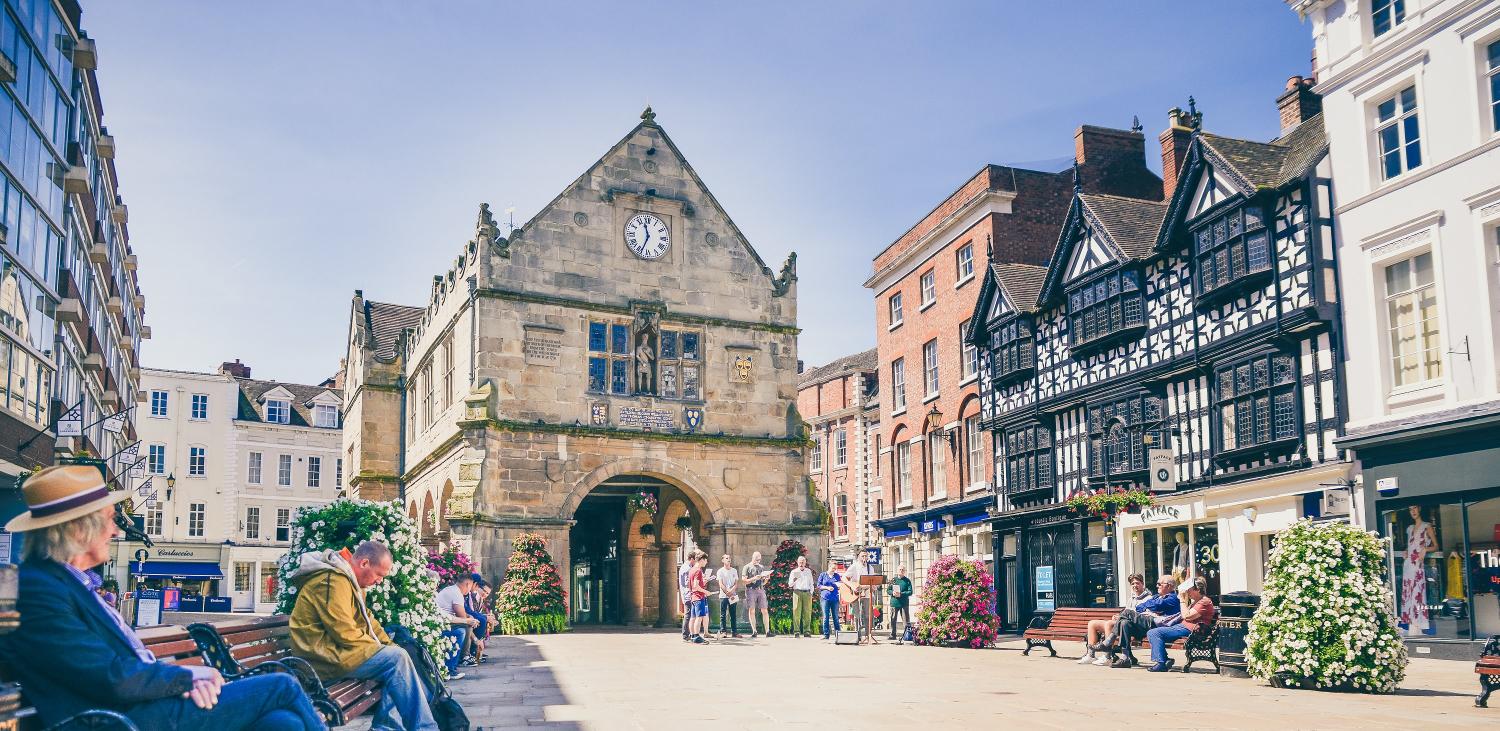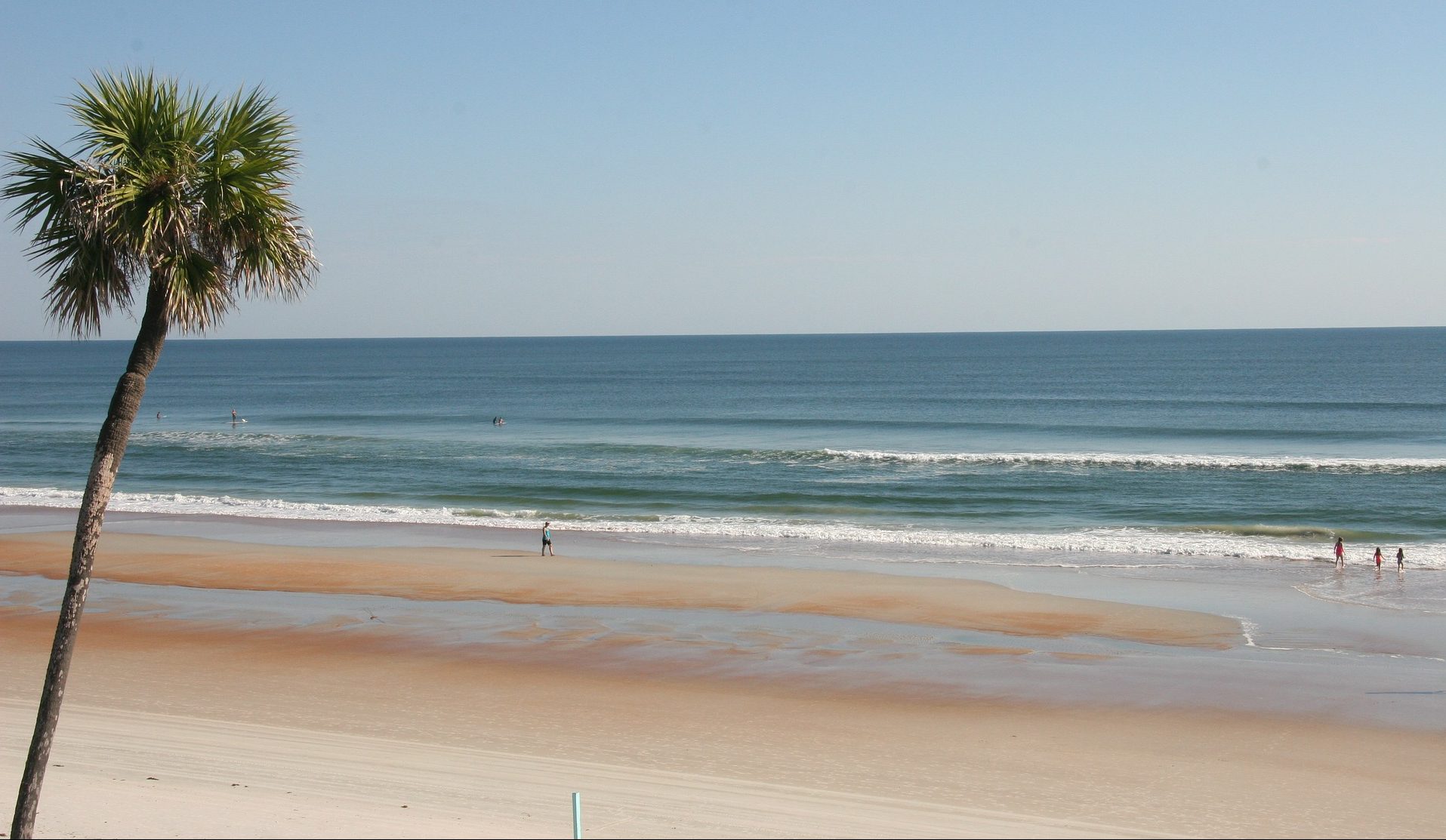By places that time forgot, we do not mean the undeveloped poorer parts of the world but historical places that house historic buildings. In the UK, buildings are listed to protect them. It was in 1944 that listings of buildings of key historical or architectural interest were formed. This process was born out of the Town and Country Planning Acts of 1944 and 1947. The basis of this survey existed as “Salvage Lists”, which were the heroic wartime lists.
So, let us explore some towns or cities that are worthy of note.
Shrewsbury, England
Encircled by the River Severn, the UK’s longest river, the historical town of Shrewsbury maintains many of its original Tudor buildings. In total the town houses no less than 660 listed buildings, as once listed they are protected. Other periods represented include Norman, Georgian, and Victorian. The Victorians were known for copying the earlier architectural styles. You can usually tell from a plaque on the buildings providing the Victorian date that it was built. That is, anywhere between 1837 and 1901, the reign of Queen Victoria.
Shrewsbury Castle still has its original Norman gateway. It was built in red sandstone in approximately 1070 by Roger de Montgomery. The historic Abbey in Shrewsbury was the setting for the books written about the Medieval detective and herbalist Brother Cadfael. The herb garden is well worth a visit.
The Lion Hotel in Shrewsbury (a Grade I listed building) has had some very famous visitors. In 1838 and 1858 Charles Dickens stayed there, leaning over the queer old rail of the now named Dickens Suite and looking down the street at the crooked yellow and black houses, as he referred to them. Italian violinist Paganini (1782-1840) entertained a packed Ballroom back in the days when all entertainment was live. On 5 September 1831, a 22-year-old Charles Darwin left the Lion Hotel in Shrewsbury by stagecoach to make his way to London to join the HMS Beagle for his famous voyage that would take him around the Galapagos Islands, where he rode on the backs of giant tortoises. A study of finches had Darwin come up with Origin of Species theory that suggested: “it is not the most intellectual of the species that survives; it is not the strongest that survives; but the species that survives is the one that is able best to adapt and adjust to the changing environment in which it finds itself.” That statement is so true today.
Stonehenge, Wiltshire, England
Archaeologist John Aubrey has claimed that Stonehenge was the creation of Druids, also known as Celtic high priests. This theory has been popularised by antiquarian William Stukeley, who unearthed primitive graves at Stonehenge’s stone circle sight.
The circle is made up of two types of stones – large sarsen stones and smaller bluestones. There is a theory that the bluestones had been brought to Salisbury Plain by glacier movements, but there are plenty of archaeologists who believe they were transported by humans. This would have required a lot of men all working together like a colony of ants and all pulling ropes like a game of tug of war, only in the same direction. As the phrase goes, “many hands make light work”. This magnificent site is certainly worth the effort to see.
Venice
Venice, the capital of the Veneto region of northern Italy, can apparently be dated to the stroke of noon on 25th March, 421 A.D. but was not largely inhabited until 450 A.D. when greater numbers of people settled permanently in its lagoon.
To make the Venetian lagoon suitable for habitation, the early settlers drained areas of it, dug canals, and shored up the banks so that they could build on it. Venice has no roads, only its canals, including the Grand Canal thoroughfare. Venice is lined with Gothic and Renaissance palaces. Venice literally floats on water and as such is known as the “Floating City”.
So, one historical town in Shropshire, England, a historic site in Wiltshire, England, and a historical water palace further afield, depending on where you live. Historical relating to the history of the place, and historic to its buildings and structures in relation to how important they are to history. The terms are often interchangeable.
There is no doubt that all these places have elements that suggest the time has not moved on, but at the same time, provide plenty to see or do for the tourist.




